Anne Bancroft: The Timeless Star Whose Talent Lit Up Hollywood
Some actresses leave behind performances. Anne Bancroft left behind a legacy.
With a name that still evokes elegance, strength, and soul-stirring talent, Anne Bancroft was more than just a movie star—she was a force of nature. From her iconic turn as Mrs. Robinson in The Graduate to her unforgettable portrayal of Annie Sullivan in The Miracle Worker, she gave audiences characters that didn’t just exist on screen—they stayed with us long after the credits rolled.
So who was Anne Bancroft beyond the spotlight? And how does her brilliance still echo in the world today?
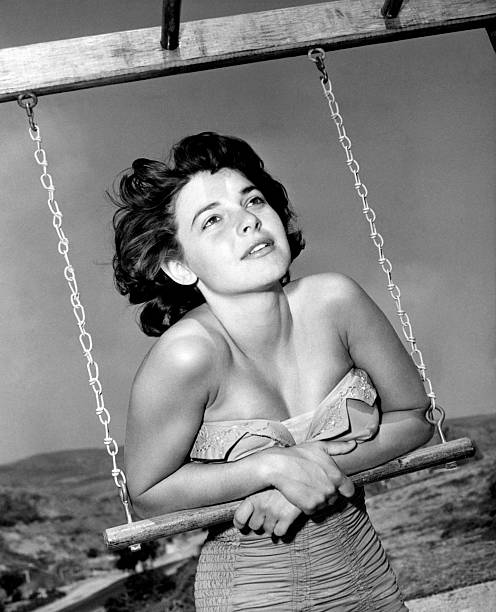
A Bronx Beginning: Anne Bancroft’s Humble Roots
Before she was Anne Bancroft, she was Anna Maria Louisa Italiano—a girl born on September 17, 1931, in the heart of the Bronx, New York. Raised in a working-class Italian-American family, her childhood was filled with warmth, determination, and the music of dreams yet to be realized. Her mother, Mildred, worked as a telephone operator, while her father, Michael, crafted dress patterns.
From the age of two, Anne Bancroft was already singing for relatives and neighbors. That spark never left her.
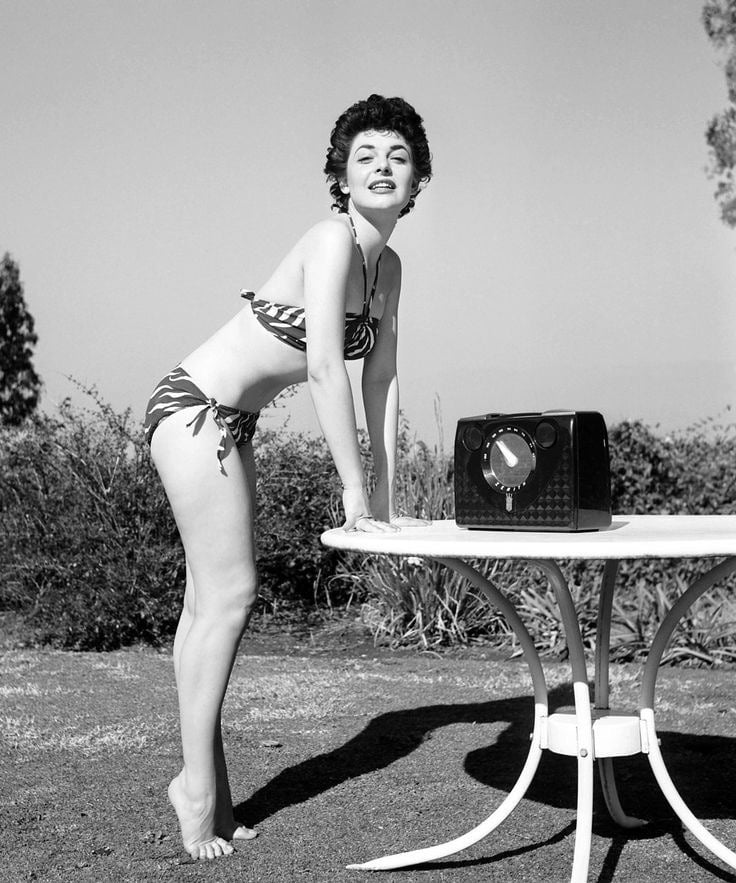
Encouraged by her mother to pursue acting instead of a more conventional career, Anne studied at the American Academy of Dramatic Arts and later at the Actors Studio under the legendary Lee Strasberg. She originally worked under the name Anne Marno before Darryl F. Zanuck, a major Hollywood producer, suggested she adopt a more distinguished screen name—thus, Anne Bancroft was born.
Video : Anne Bancroft
Broadway Brilliance: The Miracle Before the Movies
Anne Bancroft’s big break didn’t come from a blockbuster—it came from the Broadway stage. In 1958, she starred alongside Henry Fonda in Two for the Seesaw, and though it was her stage debut, her performance earned her a Tony Award. That’s what Anne Bancroft did—she didn’t just play roles; she owned them.
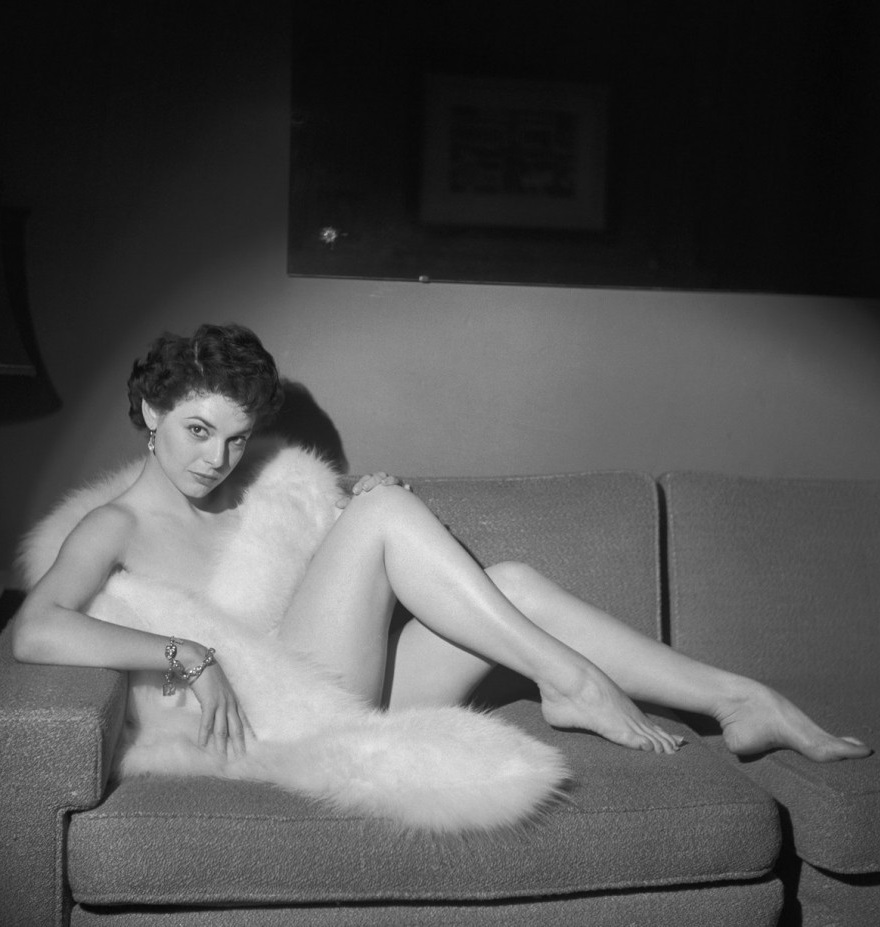
The following year, she was cast as Annie Sullivan in The Miracle Worker, the tough, passionate teacher to Helen Keller. The performance was raw, intense, and utterly unforgettable. She won a second Tony Award for the role, and when the play was adapted into a film in 1962, she took home the Academy Award for Best Actress.
That wasn’t just a win—it was Anne Bancroft’s arrival as a cinematic powerhouse.

Hollywood Fame: Becoming Mrs. Robinson and Beyond
While The Miracle Worker showcased Anne Bancroft’s dramatic range, it was her role in The Graduate (1967) that cemented her pop culture status. As Mrs. Robinson—the seductive, conflicted older woman—she delivered one of the most iconic performances in film history.
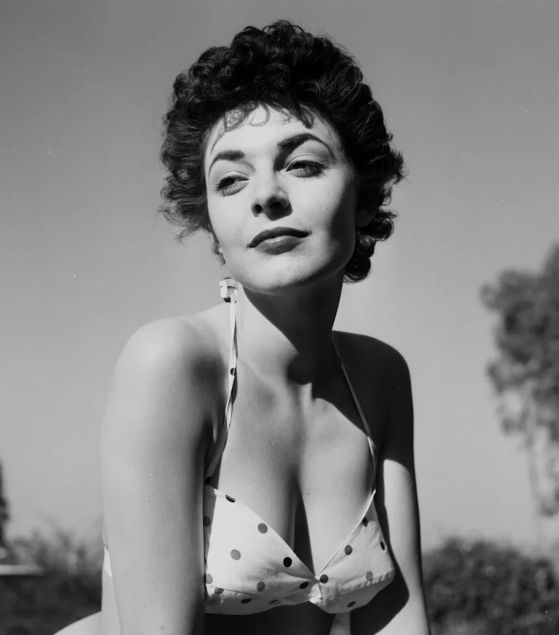
Here’s the twist: Anne Bancroft was only 36 at the time, just six years older than her co-star Dustin Hoffman. But her command of the role was so flawless that audiences instantly bought into the dynamic. She was alluring, intimidating, and heartbreakingly human all at once.
Even though Anne once admitted she was disappointed that so much of her career got overshadowed by that one role, there’s no denying its impact. Mrs. Robinson became a symbol—and Anne Bancroft became a legend.
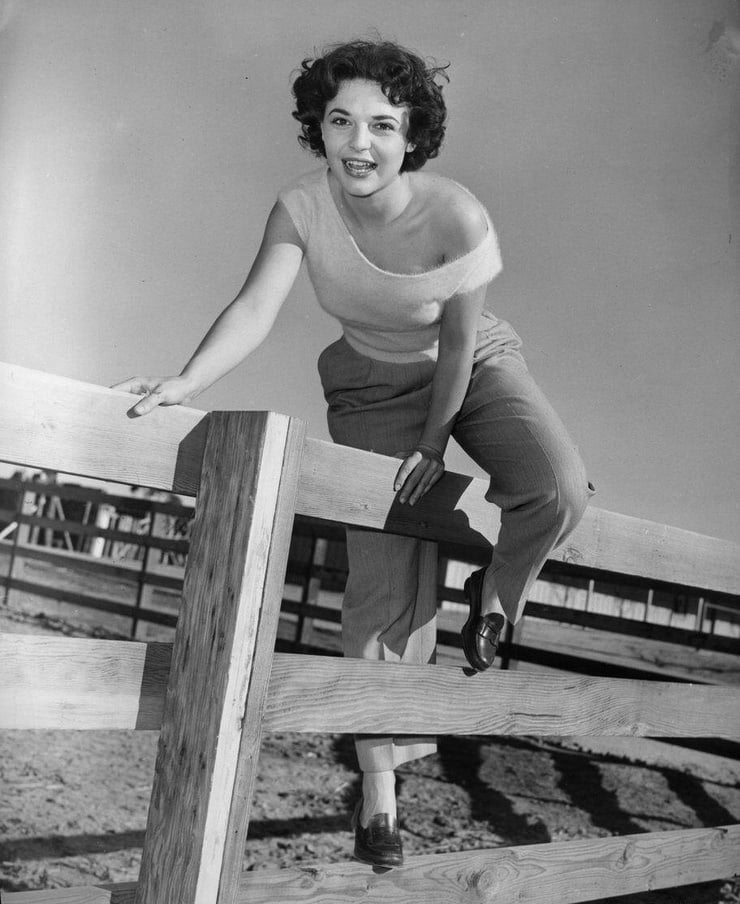
Mastering Every Genre: Drama, Comedy, and Everything Between
Anne Bancroft was never one to be typecast. She took on complex roles in The Pumpkin Eater (1964), Agnes of God (1985), and The Turning Point (1977), each earning her further Academy Award nominations. Whether playing a troubled wife, a ballerina mother, or a deeply spiritual figure, she brought layers and authenticity to every character.
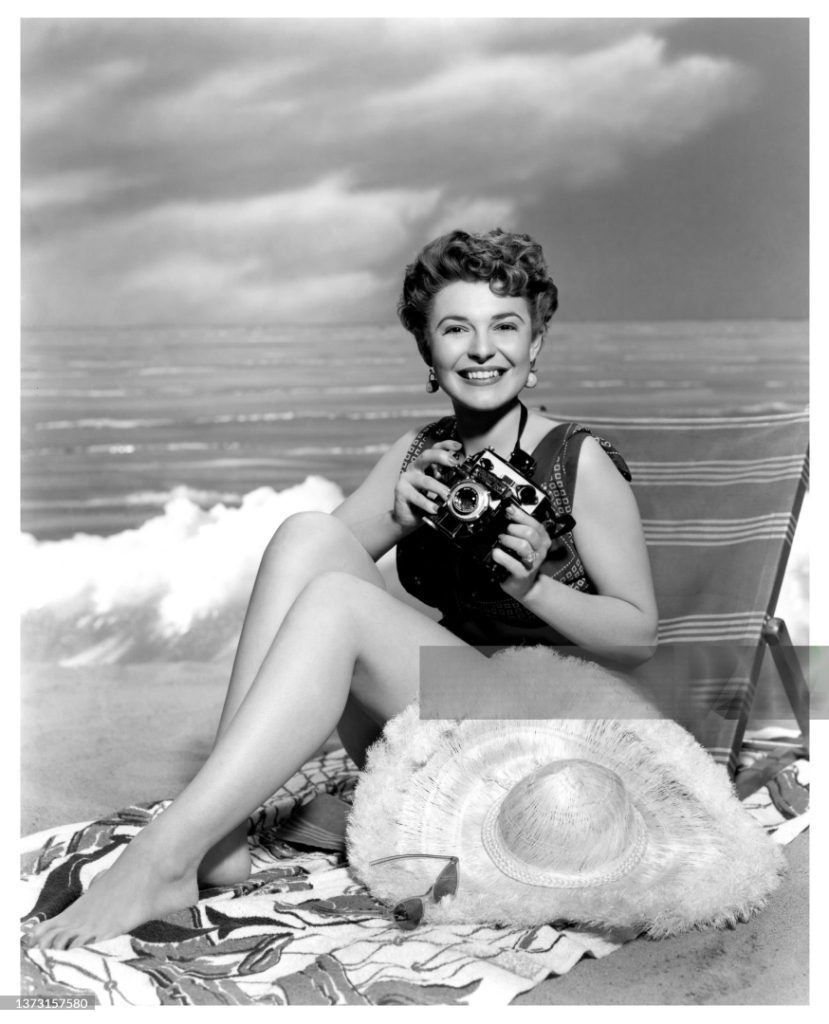
Her dramatic chops didn’t stop her from diving into comedy either. With her husband, the legendary Mel Brooks, she starred in To Be or Not to Be (1983), showcasing her comedic timing and on-screen chemistry. She also appeared in The Elephant Man (1980), 84 Charing Cross Road (1987), and even popped up on Curb Your Enthusiasm later in life.
Anne Bancroft’s filmography wasn’t built on repetition—it was built on bravery. Every role was a challenge, and she met each one head-on.
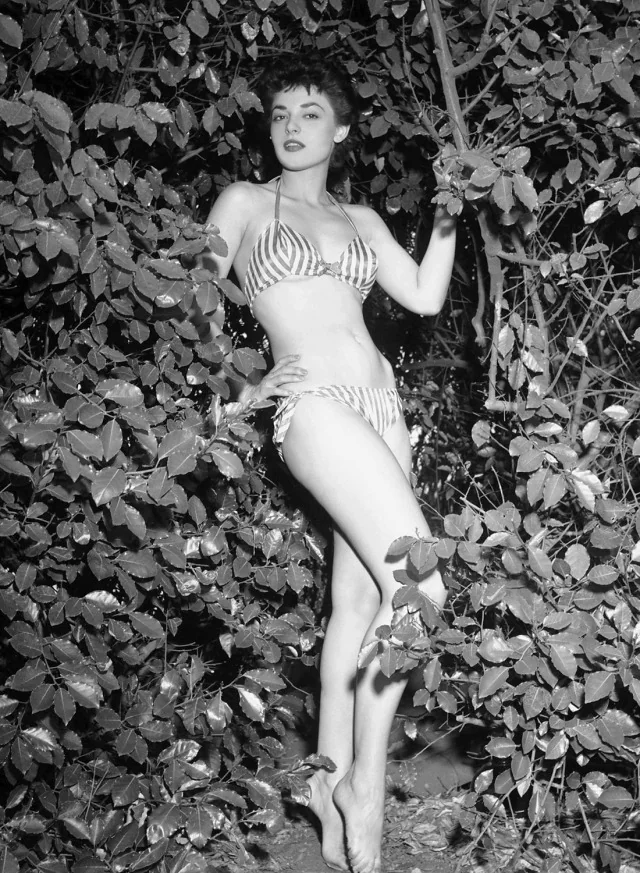
Television Triumphs: A Star Across Every Screen
Anne Bancroft didn’t stop at film and stage. She brought her talent to television too, winning an Emmy in 1970 for her musical variety special Annie: The Women in the Life of a Man. Decades later, she won another Emmy for Deep in My Heart (1999), proving that her brilliance wasn’t bound by time or platform.

Her performances in TV dramas, such as Mrs. Cage and guest spots in modern series, allowed her to showcase a quieter intensity—one that didn’t need a spotlight to shine. With two Tonys, two Emmys, and an Oscar, Anne Bancroft joined the ranks of the few elite actors to win the coveted “Triple Crown of Acting.”
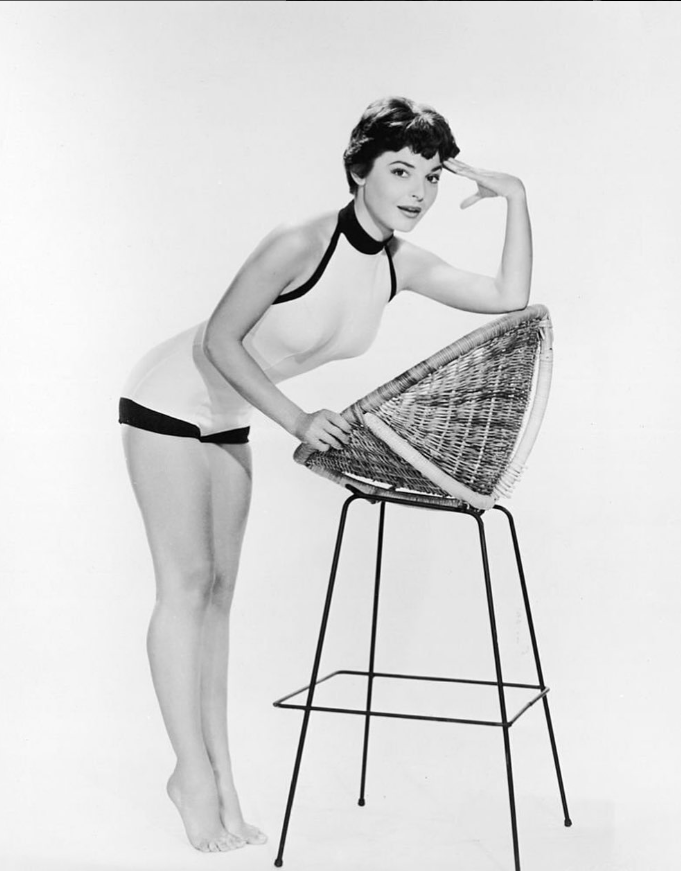
A Love Story for the Ages: Anne Bancroft and Mel Brooks
Beyond her extraordinary career, Anne Bancroft shared a deeply inspiring personal life. She met Mel Brooks in 1961 during a rehearsal, and sparks flew. The two married in 1964, forming one of Hollywood’s most enduring and beloved partnerships.

They were opposites in many ways—he was all punchlines and big energy; she was quiet strength and soulful depth. But together, they balanced one another beautifully. Their son, Max Brooks, was born in 1972 and later made his mark as a writer with World War Z.
Anne and Mel’s love story wasn’t just heartwarming—it was rare. In a world where relationships often flicker and fade, theirs remained steady for over four decades.
Video : Anne Bancroft “Mrs. Robinson”
The Final Curtain: A Quiet Goodbye
Anne Bancroft passed away on June 6, 2005, at the age of 73, after a private battle with uterine cancer. True to her nature, she kept her illness out of the spotlight. She didn’t need the headlines—her work had already spoken volumes.

Her final film role, voicing a character in Delgo (released posthumously), was a quiet echo of a voice that had once thundered across stages and screens. Her funeral brought tributes from across the entertainment world, and Paul Simon sang “Mrs. Robinson” in her honor—a nod to the role that helped define an era.
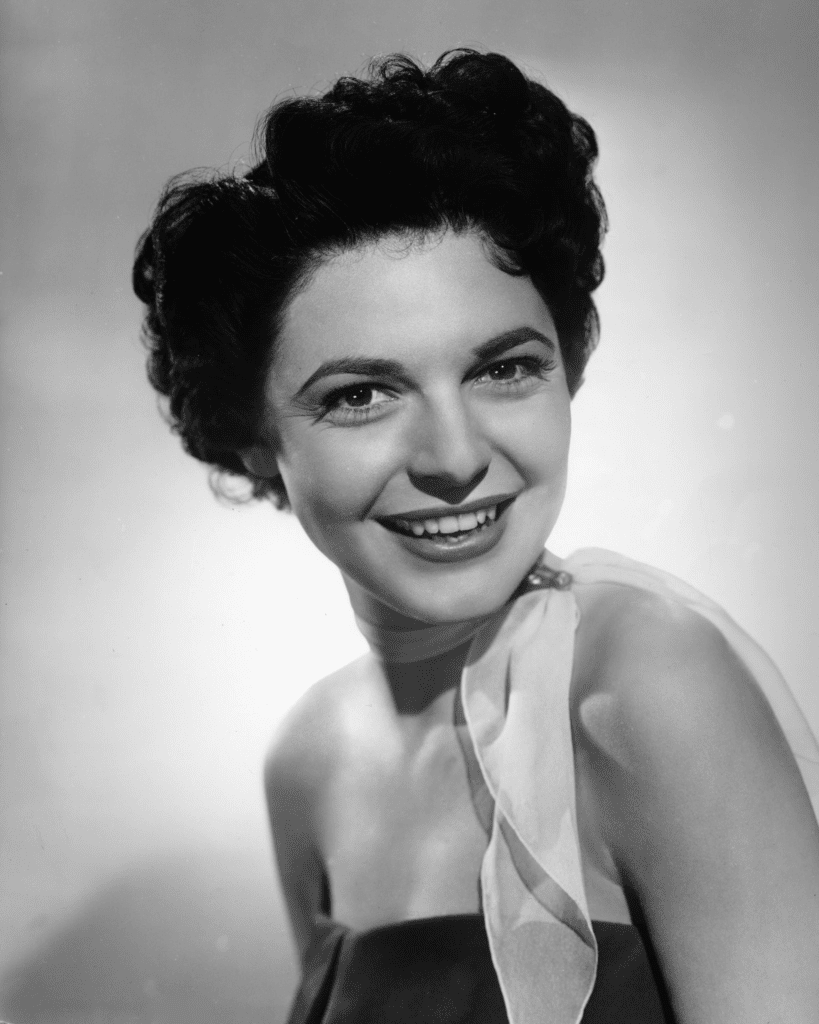
Anne Bancroft’s Legacy Today
So where is Anne Bancroft now in the hearts of audiences? Still front and center. Her performances are studied by acting students, her films are rewatched by generations old and new, and her influence is seen in every actress who dares to be bold, brilliant, and unapologetically complex.
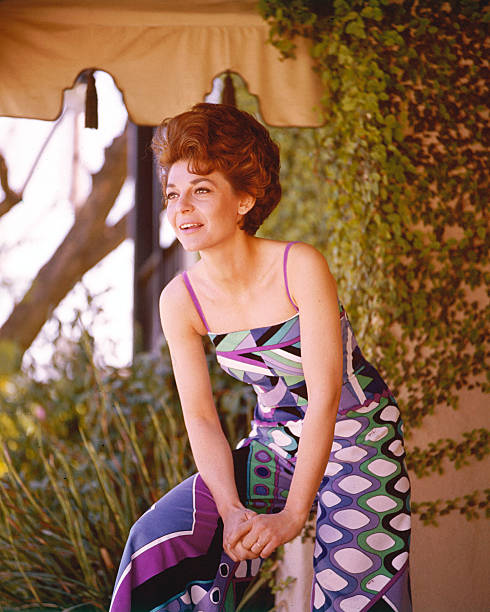
She left behind more than awards and roles—she left behind truth. A commitment to honest storytelling. A belief in the power of character. And a love for her craft that still burns in every scene she ever touched.
Conclusion
Anne Bancroft’s journey—from a Bronx girl with a dream to one of the most respected actresses of all time—is the story of raw talent, unstoppable drive, and fearless reinvention. She wasn’t afraid to be strong, vulnerable, funny, or flawed. She gave the world unforgettable characters, a heart-stealing love story, and a legacy that continues to inspire.
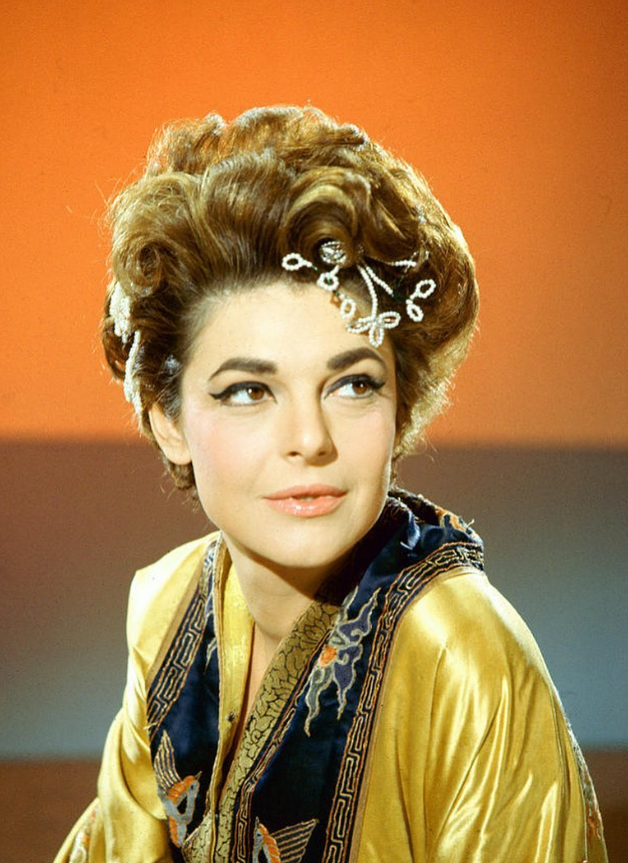
Even though she’s no longer with us, Anne Bancroft’s light hasn’t dimmed. It’s just shifted—glowing now through the memories she created and the art she left behind. That’s what legends do. They never leave. They just live on in the stories we tell.